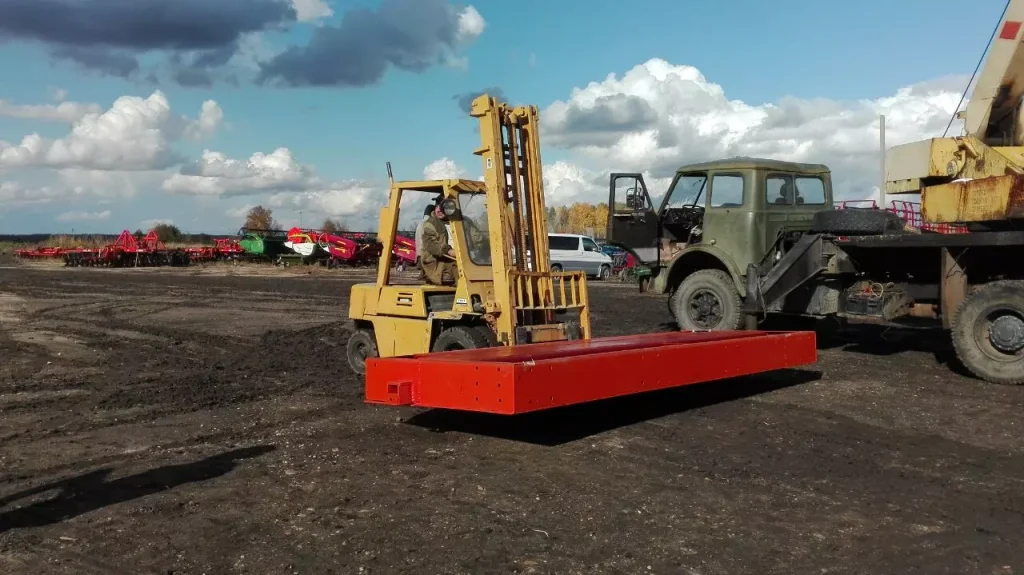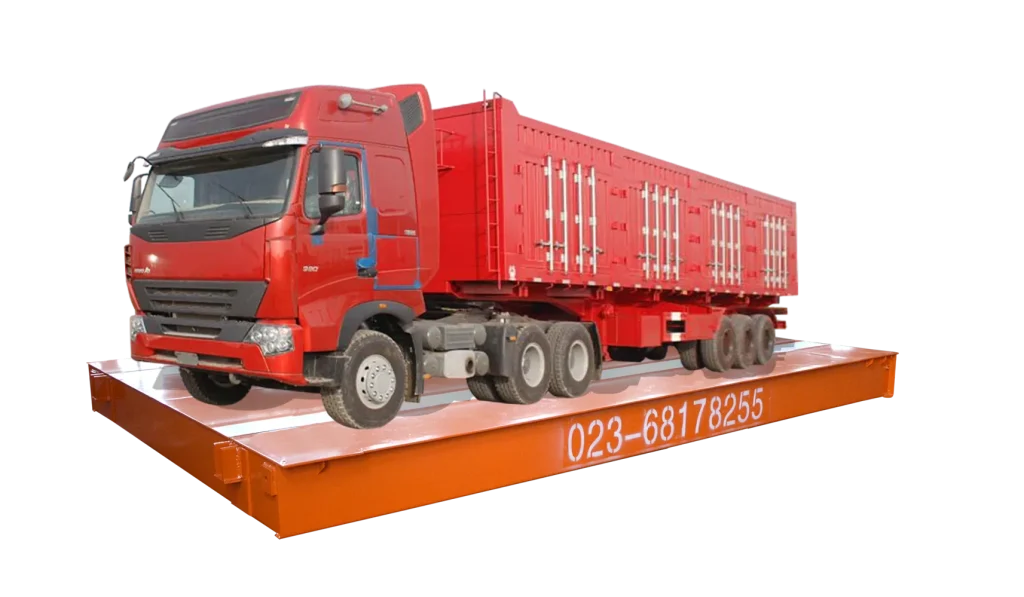Beyond the Scale: Exploring Weighbridge Applications, Varieties, and Processes
In the world of business and industry, precision is essential. Weighbridges outperform simple scales for weight measurement, especially with large vehicles and bulk materials. This article delves beyond the familiar platform to examine how weighbridges are used in a variety of industries. We’ll show you the surprising variety of weighbridge types available, ranging from those designed for specific applications to portable solutions for temporary operations. Finally, we’ll walk you through the weighbridge process, from the first approach to the final weight results. The following is how they can streamline operations, improve efficiency, and ensure that every transaction is correct.
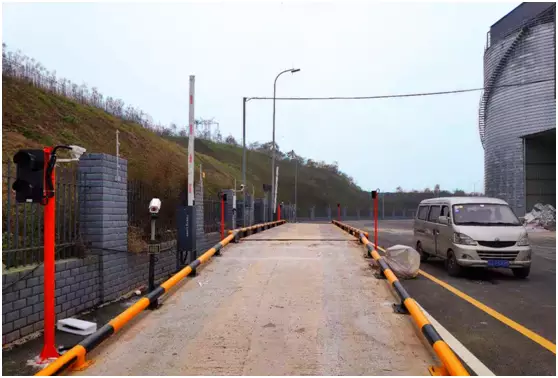
Weighbridge Serves Different Applications
Weighbridges are surprisingly versatile tools used across a wide range of industries. Here’s a breakdown of some key applications:
Application 1: Construction and Mining
While construction and mining have different needs, such as construction weighing concrete and mining weighing coal, they both require accurate measurement of the weight of large quantities of materials entering and exiting their operations. Accurate weight data is critical for ensuring proper material quantities for projects and optimizing payloads for efficient transportation. Weighbridges are used to weigh both incoming materials like aggregates and finished products like asphalt or crushed rock.
Application 2: Waste Management
Waste management companies frequently charge fees based on the weight of the waste they collect. Weighbridges provide accurate billing data, ensuring that both the company and the customer are charged fairly. Proper waste disposal frequently entails following weight restrictions for specific waste types. Weighbridge data promotes compliance and can even track the weight of recyclable materials, allowing businesses to claim recycling credits.
Application 3: Agriculture
Weighbridges play an important role in agricultural operations. Weighbridge data in agriculture is used for both quantity control and animal health monitoring. Weight trends can help farmers detect potential health issues in their livestock. Accurate weight data is critical for farmers to receive fair compensation for their crops. Weighbridges allow them to track yields and ensure that they are paid correctly based on the weight of their products.
Application 4: Logistics and Transportation
In logistics and transportation, weighbridges are primarily used to ensure compliance with regulatory weight limits. Exceeding these limits can result in fines and safety hazards. Construction, mining, and agriculture may have weight restrictions on their own sites, but compliance with road regulations is the primary concern in logistics. Logistics companies use weighbridges to optimize truck payloads. By precisely measuring cargo weight, they can increase the amount of product transported per trip, improving efficiency and lowering costs. While other industries may be concerned with total quantities, payload optimization is a distinct focus in logistics. Weighbridges provide accurate weight data, which helps logistics companies ensure on-time deliveries by verifying the weight of goods received and shipped. This is especially important for just-in-time delivery models, which require precise weight information for efficient inventory management.
Application 5: Manufacturing
Manufacturing relies heavily on accurate weight data to maintain precise inventory control. Weighbridges are used to track raw materials arriving, finished products leaving, and work-in-progress items at various stages. This enables manufacturers to identify potential material losses, optimize production processes, and ensure they have the appropriate materials on hand. In some manufacturing processes, the weight of components or finished products can be an important quality indicator. Weighbridges help manufacturers ensure that their products meet specific weight specifications, which improves overall product quality. Construction, mining, agriculture, logistics, and waste management do not place as much emphasis on weight-based quality control. Knowing the exact weight of materials enables manufacturers to optimize their production processes.
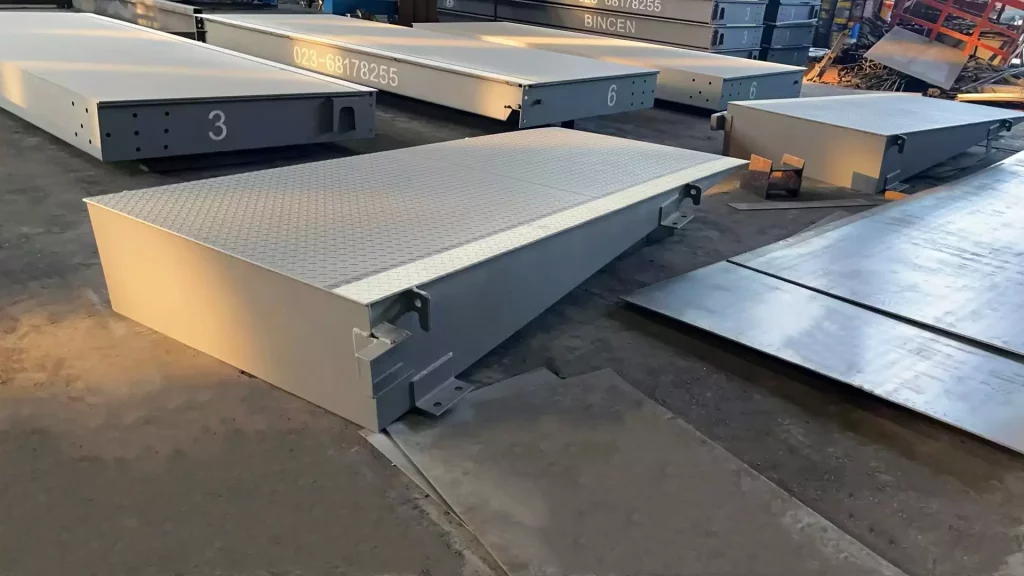
Different Types of Weighbridges Provided by Bincen
| Type | Description | Applications |
| Special Customized Weighbridge | These weighbridges are designed and built to meet the specific needs of each customer. They can be made in any size, shape, or capacity, and come with a wide range of features and options. | Special applications include weighing aircraft, railcars, and livestock. |
| Weighbridge With Steel Slope | These weighbridges feature a steel slope that allows vehicles to easily drive on and off. They are commonly used in applications with limited space, such as warehouses or loading docks. | Applications requiring limited space include warehouses and loading docks. |
| Weighbridge With Different Foundation Pit | These weighbridges come with a variety of foundation pits to accommodate varying site conditions. They come in a variety of sizes and capacities, and can be tailored to meet the specific needs of each customer. | Various site conditions, including soft soil and uneven ground. |
| Mobile Weighbridge | These weighbridges are portable and can be transported from one location to another. They are frequently used in temporary settings, such as construction sites or waste management facilities. | Temporary applications include construction sites and waste management facilities. |
The Process of Weighing
The weighbridge process involves accurately measuring the weight of a vehicle and its cargo. Here’s a breakdown of the typical steps:
- Approach and Positioning: The driver approaches the weighbridge slowly and cautiously. An attendant at the weighbridge or signage may provide instructions. The vehicle must be fully positioned on the weighbridge platform, with all wheels and axles within the designated area.
- Pre-Weighing (Optional): If the tare weight (weight of the empty vehicle) is unavailable, the vehicle may be weighed unladen. During pre-weighing, the driver may be required to exit the vehicle and wait in a designated area.
- Weighing and Data Collection: Once the vehicle is properly positioned, the weighbridge operator begins the weighing process. The weighbridge system measures the total weight of the vehicle (gross weight). Modern weighbridges frequently collect additional information such as date, time, and axle weights.
- Printing and Documentation: The weighbridge system generates a weighbridge ticket that includes the gross weight and other relevant information. The driver may need to review and sign the ticket for verification. In some cases, additional documentation regarding the cargo may be required.
- Exiting the Weighbridge: After receiving clearance from the weighbridge attendant, the driver carefully exits the platform. Depending on the circumstances, the driver may proceed with additional steps such as paying fees or receiving weight certificates.
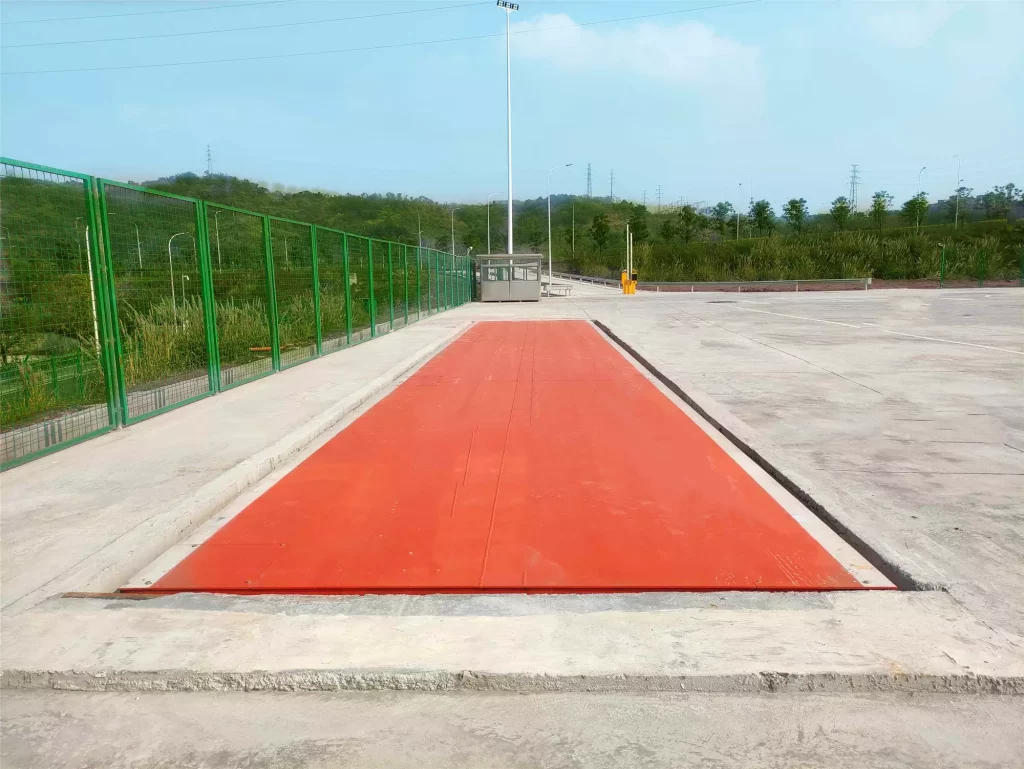
Conclusion
Most people associate weighbridges with basic weight measurements. This article goes beyond that, demonstrating weighbridges’ diverse applications in a wide range of industries. You’ll learn how to use them to manage inventory, optimize payloads, and even monitor animal health. Knowing the various weighbridge types allows you to choose the best option for your specific requirements. This can help you save money while also ensuring proper operation. Understanding the weighbridge process, from vehicle positioning to data collection, can help improve workplace efficiency. You’ll discover how weighbridges can accelerate transactions and reduce delays. At the same time, you can contact the professional weighbridge manufacturer for more information which could result in increased profitability, safer operations, and improved overall business management.

